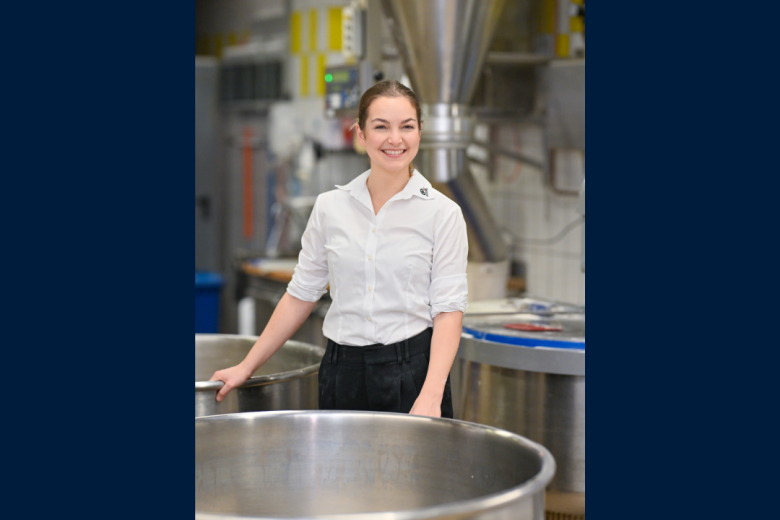Energy-efficient buildings by taking into account female metabolism
By taking into account the actual metabolic rate of women, a crucial step can be made in creating more energy-efficient buildings and a more comfortable working area for women. This according to Dr Boris Kingma and Professor Wouter van Marken Lichtenbelt in a letter published in Nature Climate Change. Their argument is supported by a new biophysical computer model that not only takes into account male-female differences, but also different body types.
We have known for some time now that the metabolic rate of women is 20 to 35% lower than that of men. However, the standard used to determine the ideal indoor climate in public areas and other buildings is based on the metabolic rate of an average man. As a result, buildings may not be used as expected; for example, turning up the thermostat, turning on the heater or drinking more tea or coffee than usual increases the building energy consumption.
The current standard is based on calculations used to determine heat balance between body and the environment. This is then linked to the measured thermal comfort of men and women to find the most comfortable room temperature for all.
The new biophysical computer model used by the researchers compares the body’s internal heat transport, which may differ due to body composition, with the heat balance between the body and the environment. This way the optimal temperature can be determined for specific sub-populations such as men and women or slimmer and heavier-set individuals. A crucial factor in this is using the right metabolic rate.
In addition to the issue of comfort, Van Marken Lichtenbelt’s research group aims to determine how exposure to temperature variations can improve health. PhD candidate Mark Hanssen has recently demonstrated that exposure to cold has extremely positive effects on people with type 2 diabetes. The researchers hope that the new biophysical computer model will help them identify which temperature variations have the most beneficial health effects.
Also read
-
Flour, family, and forward thinking: the evolution of Hinkel Bäckerei
In the heart of Düsseldorf, the comforting aroma of freshly baked bread has drifted through the streets for more than 130 years. Since its founding in 1891, Hinkel Bäckerei has evolved from a small neighborhood bakery into a cherished local institution.
-
Green school playgrounds boost concentration and wellbeing
Children at schools with green playgrounds are better able to concentrate and display more social behaviour. This is the conclusion of a follow-up study within the long-running project The Healthy Primary School of the Future .
-
Ron Heeren appointed fellow of the Netherlands Academy of Engineering
Professor Ron Heeren, distinguished university professor at Maastricht University (UM) and director of the Maastricht MultiModal Molecular Imaging Institute (M4i), was appointed as a fellow of the Netherlands Academy of Engineering (NAE) on Thursday 11 December.